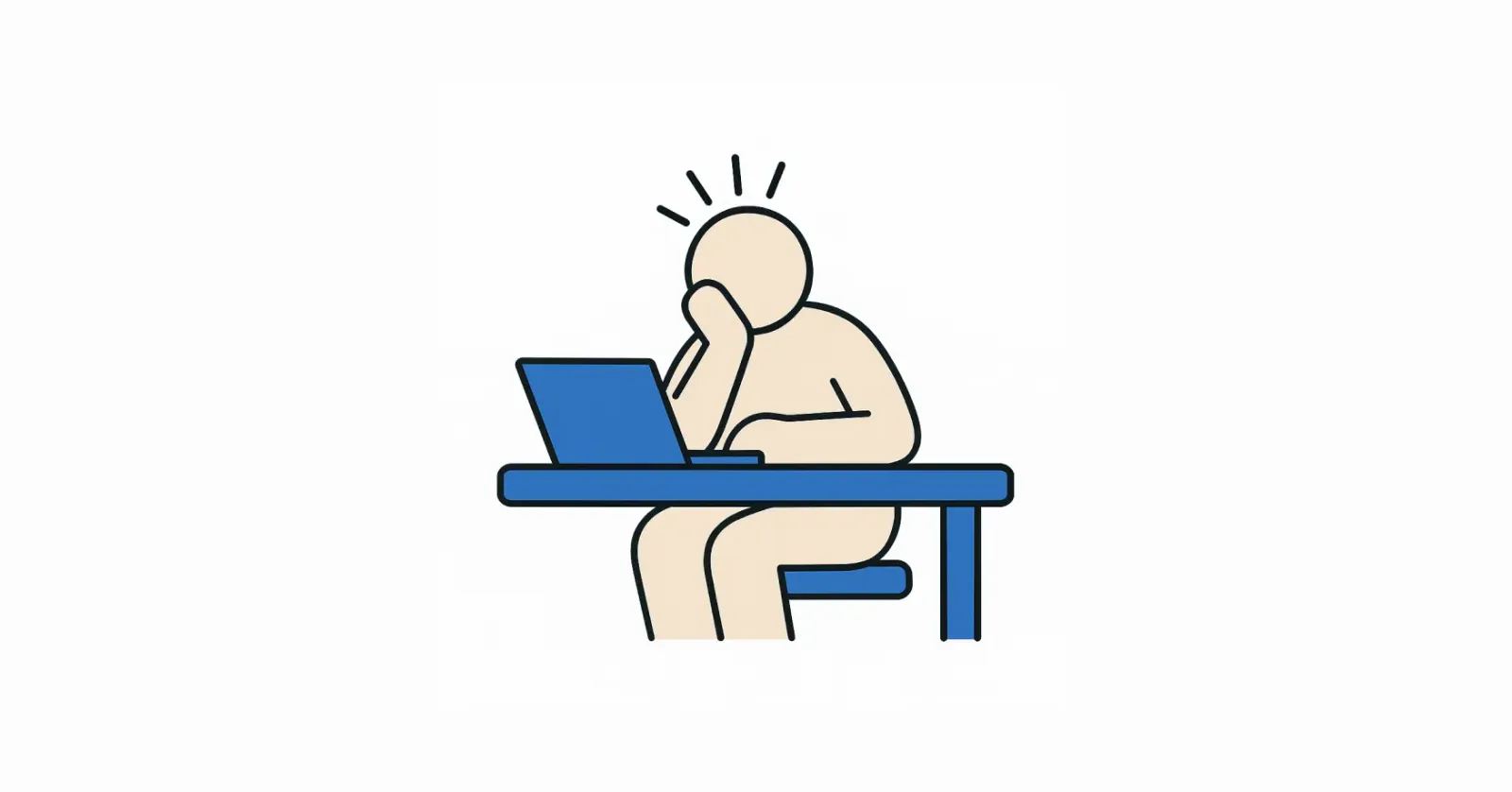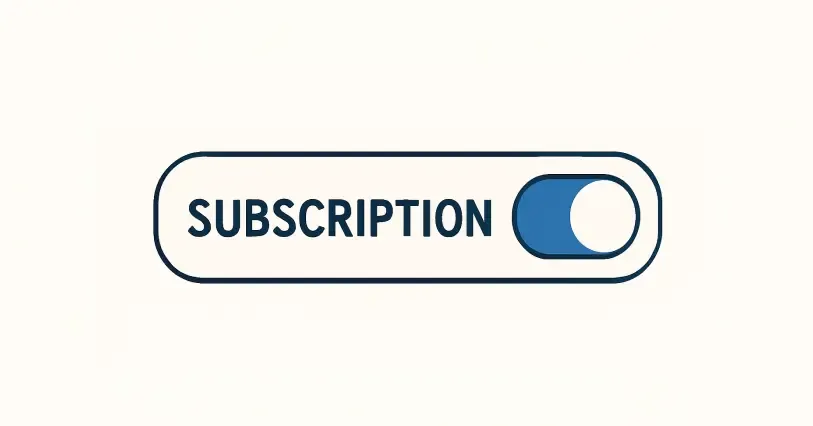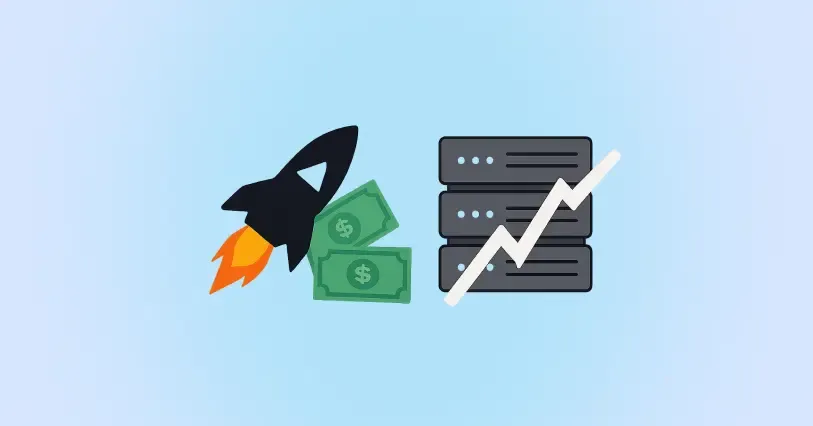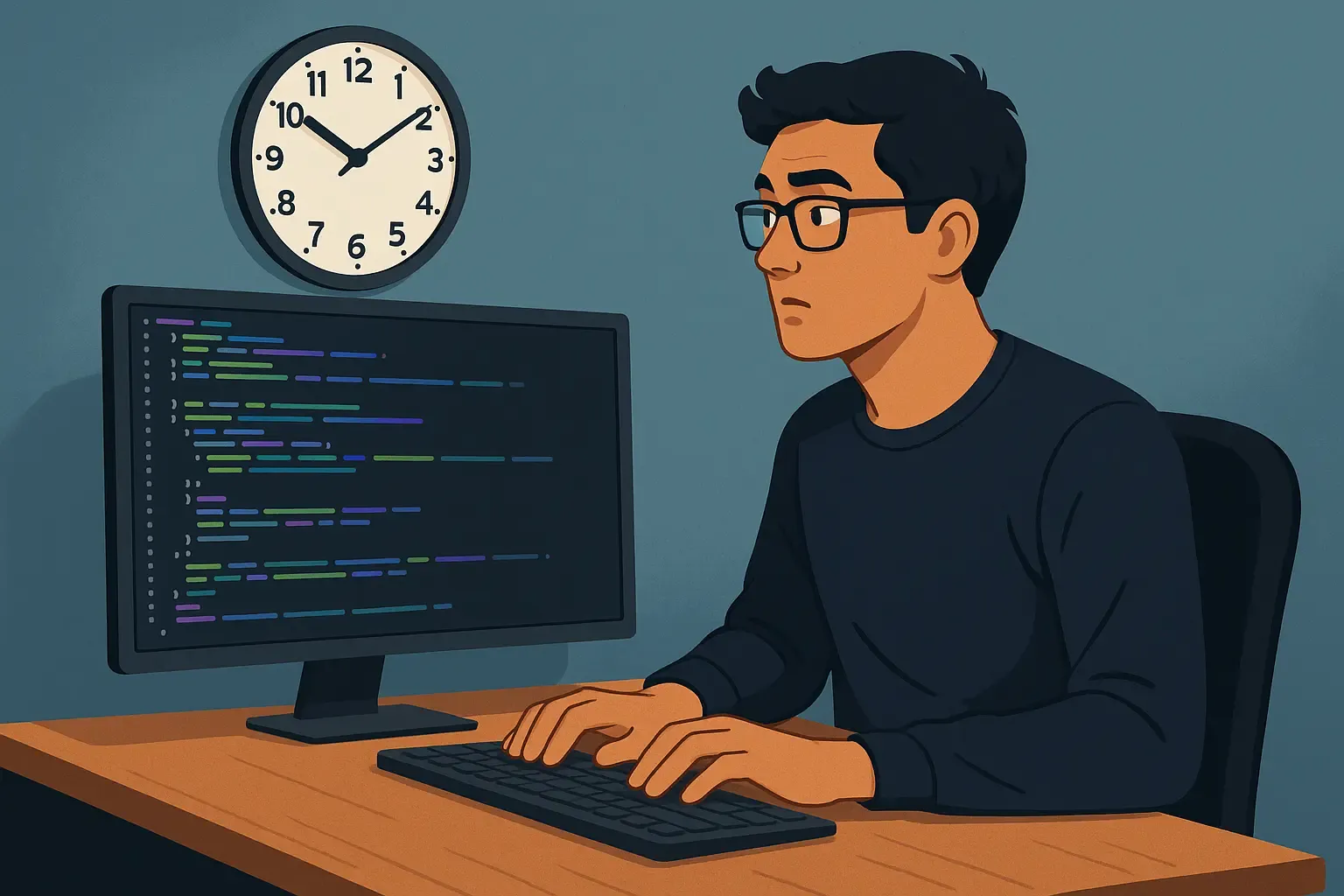The Trap of Hyperproductivity: How to Break the Cycle and Protect Your Energy
Doing a lot of things can lead to burnout. Learn how to break the cycle of hyperproductivity and protect your energy.
Manuel Sanchez

As developers or designers, it’s easy to fall into the trap of accepting more and more projects. A full-time job, freelance clients, personal side projects, learning new tools… it feels like we have to do it all. But this hyperproductivity comes at a high cost.
Maybe you’ve experienced this: even on days when your workload isn’t objectively heavy, you still feel mentally drained, your back hurts, or there’s a constant low-level anxiety. You’re not actively thinking about your projects, but your body is tense all the same.
Why does this happen? And most importantly: how can we avoid falling into burnout?What is Hyperproductivity and Why is it Dangerous?
Hyperproductivity isn’t just about “doing a lot.” It’s a constant state of alert, where you keep taking on commitments without giving yourself space to breathe.
Common situations:-
You have a full-time job as a developer or designer.
-
You accept several freelance projects with different clients in your free time.
-
You’re also building a personal side project (a SaaS app, a mobile game, a YouTube channel, etc.).
-
You try to learn a new skill or certification while juggling everything else.
In the short term, it feels like you’re making progress. But long term, your nervous system is overloaded:
-
Stress memory: your body gets used to living in a state of constant tension, even when your schedule is lighter.
-
Mental load from open loops: projects that aren’t finished stay in your subconscious and drain energy.
-
Physical tension: your back, shoulders, or jaw remain tight for hours or days at a time.
-
Difficulty disconnecting: even going to the gym or taking vacations doesn’t relax you fully because the “always-on” mode is still active.
My Personal Example: Context Switching Eats My Energy
To make this concrete, let me share my current situation. I have a full-time job with many meetings, three different freelance clients, and on top of that, I’m developing a video game and working with multiple artists. One of my ongoing side tasks is translating the video game Dreamed Away into Spanish.
Individually, each project is manageable. But the constant context switching between them drains my energy. Every time I switch from one type of task to another (e.g., from coding to writing translations to managing artists), my brain takes time to recalibrate. This invisible friction adds up and makes me feel burned out, even if I “shouldn’t” be.
If you’re juggling different roles—freelance projects, a full-time job, learning new skills, personal commitments, you’ve likely felt the same. You are not alone.
How to Break the Hyperproductivity Cycle (and Avoid Burnout)
Escaping hyperproductivity doesn’t necessarily mean working fewer hours. It’s about managing your commitments and energy more intentionally.
- Learn to Say “No” (Even if It’s Hard)
Saying “yes” to everything is the biggest trap. Audit your current commitments:
-
Which projects have near deadlines?
-
Which ones genuinely excite you?
-
Which ones can you decline or postpone?
Tip: Be clear with clients. If you can’t start a new project for two months, say it upfront. Protecting your schedule protects your quality of work.
- Set Clear Closure Dates
One mistake is letting projects drag on because the deadline feels far away. For example:
-
Project A (90% finished): commit to closing it next week, not at the official deadline.
-
Project B (70% finished): schedule a hard finish for the end of the month, even if you technically have more time.
Each project you fully close gives your mind and body relief.
- Celebrate Each Closure
Whenever you finish something:
-
Cross it out in your task manager with satisfaction.
-
Move the files to a “completed” folder.
-
Reward yourself with something small (a walk, a treat, a break).
Your brain needs these clear signals to “let go.”
- Batch Work in Focus Blocks
Constantly jumping between tasks is a huge energy leak. Group similar tasks into focus blocks. Example:
-
Monday afternoon: only Client Project A.
-
Tuesday morning: only client meetings.
-
Tuesday afternoon: only your personal project.
And outside those blocks: fully disconnect from the other tasks.
- Actively Calm Your Nervous System
Your body needs to know it’s safe to exit “alert mode”:
-
Spend 5 minutes a day practicing diaphragmatic breathing (inhale for 4 seconds, exhale for 6-8 seconds).
-
Take slow walks without your phone or headphones.
-
Try guided meditations or calming music before bed.
- Allow Real Rest (Not “Productive Rest”)
Not all free time has to be optimized. Let yourself be bored, watch a show with no guilt, or do nothing. This is essential for long-term focus and creativity.
Conclusion
Hyperproductivity is a silent trap: it makes you feel like you’re progressing, but it slowly pushes you toward burnout. The solution isn’t about becoming more efficient. It’s about closing open loops, setting boundaries, and giving your body true rest.
If you’re a developer, entrepreneur, or freelancer juggling multiple projects, remember: less is more. Protecting your energy isn’t laziness, it’s actually the only way to keep building for the long term.
FAQ about Hyperproductivity and Burnout
Start by being honest: “My schedule is currently full, I can start on X date.” Most clients prefer waiting for a professional who respects their own time rather than receiving rushed work.
Share article


